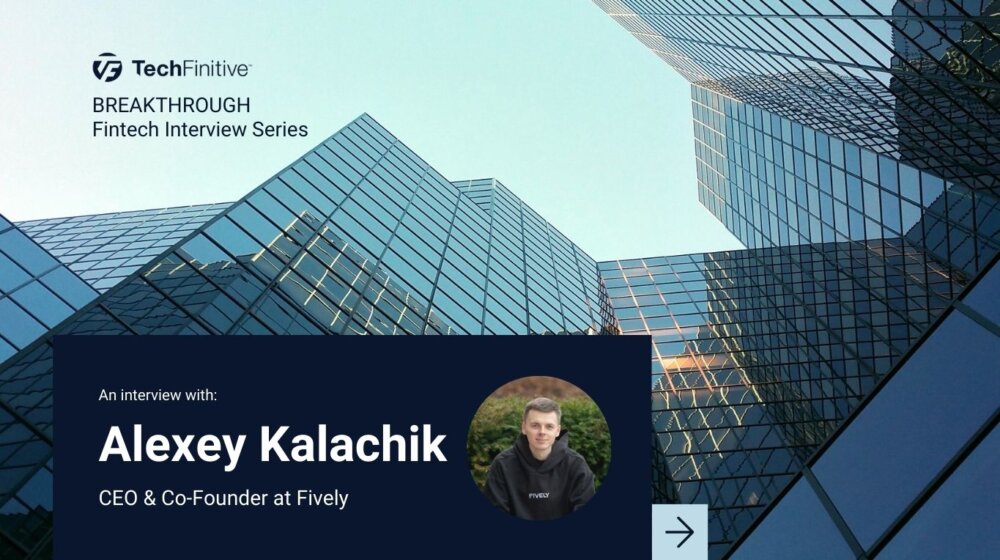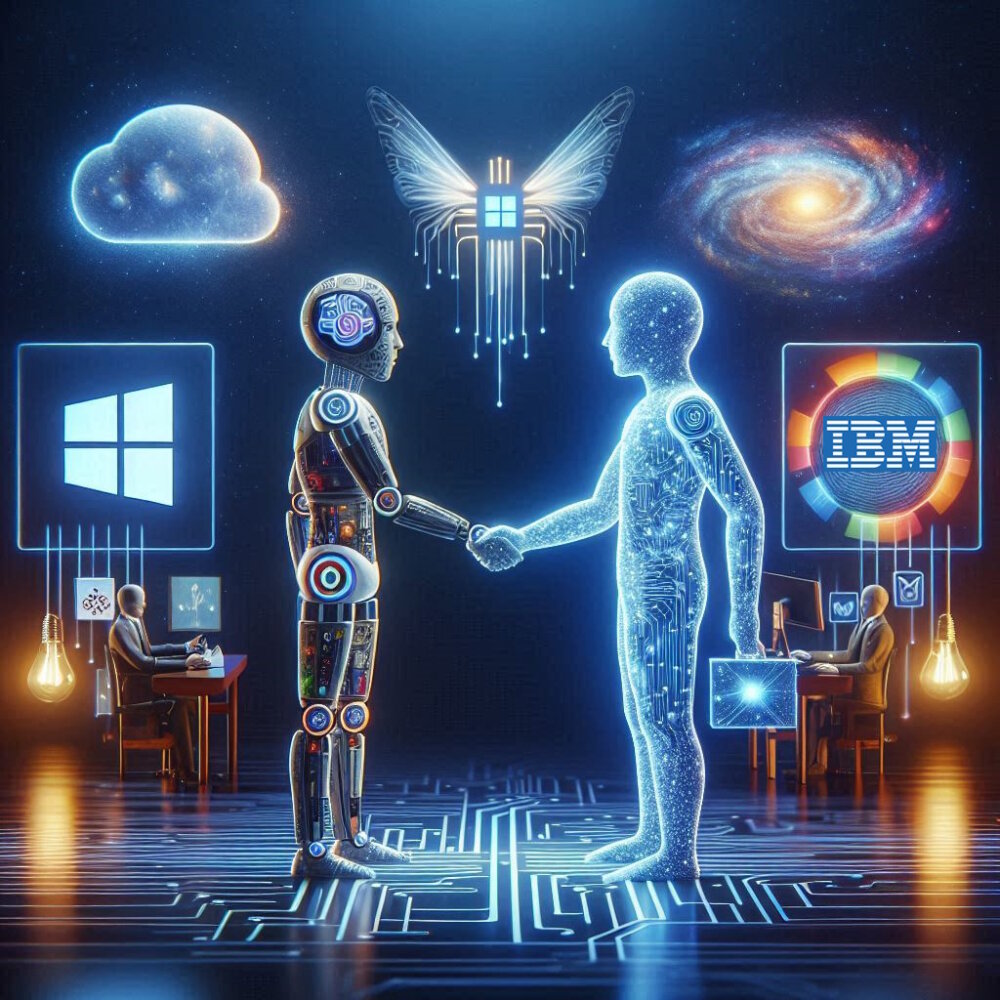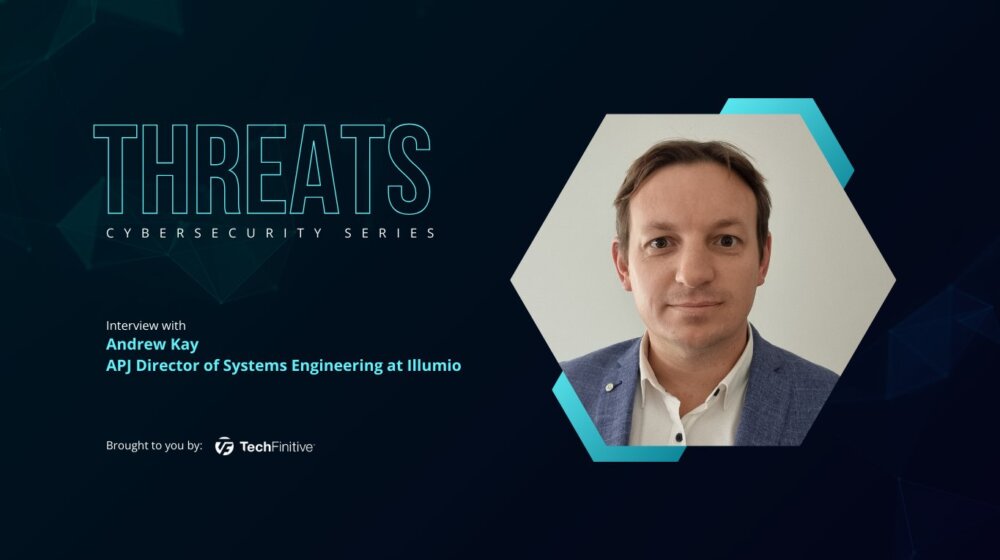
South Korea is obsessed with measuring water quality – Water Eyes promises to do it in real-time
To determine whether tap water is safe for consumption, the World Health Organization advises it to be tested against roughly 170 variables. These include well-known hazardous chemicals like asbestos, manganese, arsenic or cyanide. South Korea, like most modern OECD member countries, follows those guidelines.
If you happen to stop by Seoul, though, you can sleep extra safe in the knowledge that tap water, or Arisu, as it’s branded locally, gets tested against an extraordinary 350 variables, roughly six times the drinking water quality standard.
Part of that diligence comes from a desire to reinsure local communities that local tap water is safe. A survey in 2013 estimated that only 10% of the population drank tap water directly, even though the country ranked 8th for water quality among OECD members at the time. And although those figures are likely to have improved since, the government is still investing heavily in continued improvements, as evident from its recent announcement to invest US$3.28 billion in upgrading water quality by 2040.
It’s no wonder then that at CES 2024 there were at least a couple dozen water tech companies from South Korea showcasing their products. In our interview with Ian Park, from Geogrid at CES Unveiled, we learned about the company’s solution to tackle the issue of piping prone to rusting in old buildings. Below, we speak to Water Eyes, another startup developing tech to tackle similar issues. Edited for clarity.
Could you please introduce yourself and Water Eyes?
My name is Grace and I’m here representing Water Eyes. We help local governments and companies with digitalising water quality measurement systems.
Typically sewage treatment plants take up to eight hours to check water quality. We developed a real-time water quality measurement sensor which goes right into sewer sewage. Here’s an example of what the device looks like (see below).

We made it as small as possible so that it’s easier to install. Our system saves time and money for bigger corporations and government agencies looking to measure water quality.
You mentioned bigger corporations and governments, etc. Is Water Eyes already working with some of those clients or still prototyping?
We’re actually conducting testbeds with local government agencies in Korea. We also are testing products with universities and bigger corporations, notably in Thailand and South Korea
What makes your product different from other water sensors available in the market?
The biggest difference is that while traditional water quality sensor systems in our sewage take six to eight hours to measure water quality, our sensors do so in real-time. Real-time data is a big point of differentiation for us.
And how is the data made available?
There’s an app where customers are able to check data for four or five customizable variables.
In closing, what are your hopes for CES 2024?
The company goal is to expand our footprint into the US because we’re mainly based in South Korea. That’s what we are here for – to connect with people and help Water Eyes expand into other markets.
NEXT UP

Alexey Kalachik, CEO & Co-Founder at Fively: “The potential for digitalisation within insurance is enormous”
We interview serial entrepreneur Alexey Kalachik, CEO & Co-Founder at Fively, on the future of fintech and what makes this space so exciting for startups.

IBM bolsters AI push with Microsoft Copilot launch
In a bid to boost its AI offering, IBM Consulting will enable enterprises to create and manage AI copilots – including Copilot for Microsoft 365

Andrew Kay, Director of Systems Engineering APJ at Illumio: “The most worrying development with ransomware is that it has evolved from simply stealing data to impacting IT availability”
Andrew Kay, Director of Systems Engineering APJ at Illumio, has 20 years’ experience helping organisations strengthen their cyber resilience. We interview him as part of our Threats series on cybersecurity.